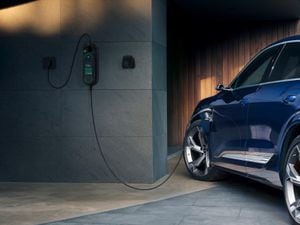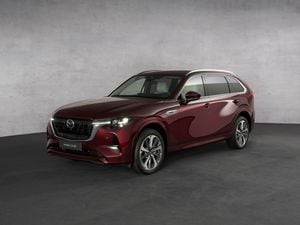How smart electric vehicle charging can relieve pressure on the grid
Concerns are often raised about how the grid will cope once EVs become commonplace.

One of the potentially legitimate concerns that electric vehicle skeptics have is whether the grid could cope with multiple electric vehicles being plugged in at the same time.
Once EVs become commonplace, many owners on the same street could plug their cars in around the same time as they get home from work in the evening. Combine this with house electricity usage increasing in the evening as people turn on lights, cook dinner and watch television, and it’s easy to see how the grid could be strained.
However, car manufacturers are looking at ways to address this. Audi has released details of a small-scale test that found a ‘clear answer to this problem’, by using ‘intelligent and grid-optimised charging’.

This is achieved through smart chargers that can communicate with the user’s energy provider. The vehicle owner can set the time they need to leave by, and the car will make sure it has a full battery before then.
By communicating intelligently with the energy provider, it can stop or reduce the charging rate when the strain on the grid is high, and restart charging once energy requirements elsewhere begin to drop.
Audi says this opens up further possibilities. For example, owners that have access to charging at work could accept discounted energy at home in exchange for being low priority for charging.

The German firm also points to using electric vehicles as energy storage solutions, something Nissan has been pioneering in the automotive industry in recent years. This could allow homes to use the energy stored in a vehicle’s battery for power so that it does not have to take it from the grid, again easing the strain on public services.
However charging is implemented as more electric vehicles hit the road, it’s clear that intelligent solutions will need to be implemented as soon as possible to avoid issues further down the line.





